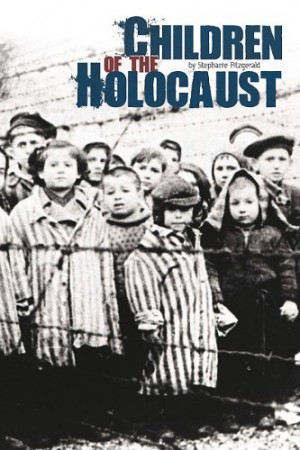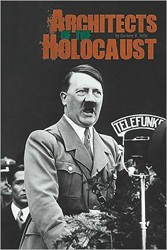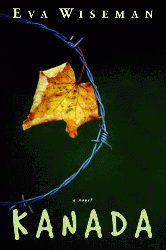I would like to write a review of this unusual book, but the publisher doesn’t want me to. If I review this book, I will have to tell you what it is about, and the point of the whole experience, the publisher will say, is to come to the slow realization of where the action is taking place, and thus feel the horror as it all dawns on you with various “a‑ha” moments.
It is for this reason that the novel should be successful among young adult readers. The book flap states, “We think it is important that you start to read this book without knowing what it is about. If you do start to read this book, you will go on a journey with a nine-year-old boy called Bruno.… And sooner or later you will arrive with Bruno at a fence. Fences like this exist all over the world. We hope you never have to encounter such a fence.”
Intrigued? Imagine the naïve but sincere 12-year-old with a smattering of Holocaust education as he reads about how young Bruno’s family moves from their comfortable home in Berlin to a rather desolate place that Bruno thinks is called “Out- With”. The year is not specified. Somebody named the “Fury” has come to dinner and believes Bruno’s father is destined for greatness. Father wears a “fantastic uniform” and has an “important job.” Bruno misses his friends. Soldiers say mean things about people. The family’s waiter at the new, gloomy house secretly tells Bruno he was once a doctor. Out the window, Bruno notices people wearing striped pajamas.
There is a palpable sense of mystery and dread as a young reader gathers the many clues enabling him to figure out where Bruno now has to live and what his father’s “important” job is. When Bruno finds a young friend through clandestine meetings at the long fence separating the two boys, the reader has already concluded that this story will not have a happy ending. Young adults will appreciate the author’s trust in their capabilities to comprehend historical events without adult explanation. But they are also required to place themselves inside young Bruno’s head — -to become nine-year-olds with no historical reference to the time at hand, and thus, no understanding of why “Out-With” is such a truly awful place.
The problem with this rather daring Holocaust story is that adults reading it will likely not share the experience of the child. Adults have too much frame of reference and can dismiss out of hand the unlikelihood of the events as described. Adults will rightly comment, “How is it possible for a German child to be that naïve? Hasn’t he heard a thing about Jews by his age? Is this supposed to be some sort of fable? Doesn’t it trivialize the Holocaust, since it is just so preposterous?” It will be interesting to note the reactions of adult reviewers when the book is released in September, and then it will be worthwhile to compare those reactions to what kids say. I am guessing that the more one knows about life at a concentration camp, the more irritating the book will be. But there are some young people who know just enough, and the power of this novel will be something they will not soon forget. Overall, this “fable” is a unique approach to the Holocaust for young readers and one sure to provoke much discussion.





